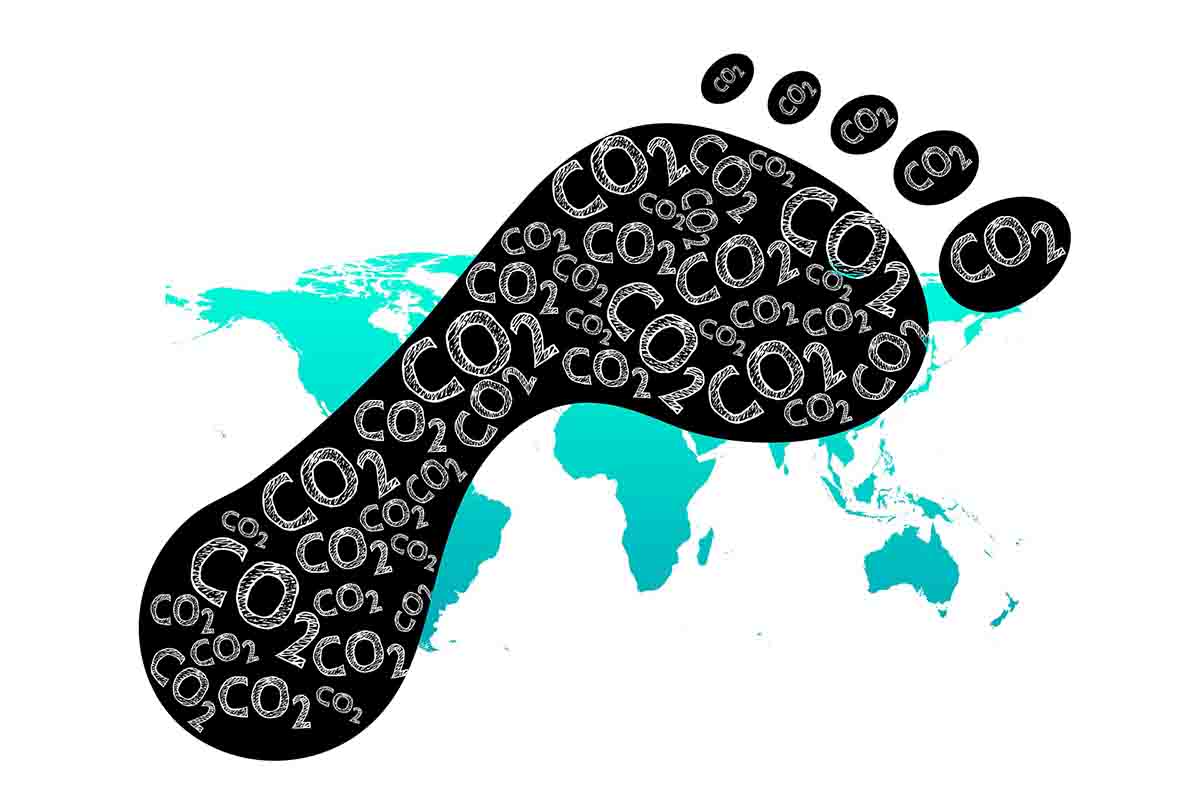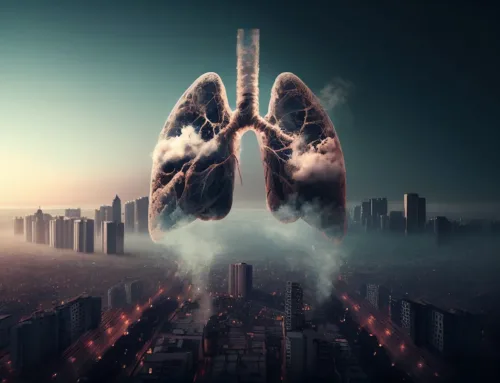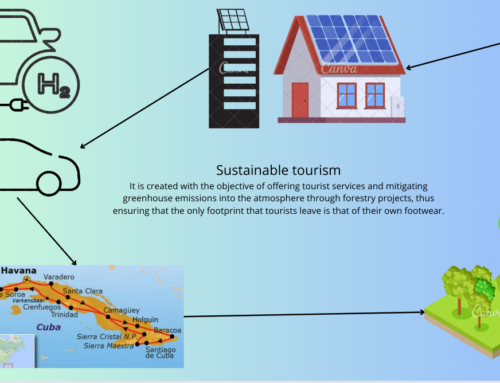Trade route: They are the geographical links between emission absorption centers and greenhouse gas emitting markets which have played a crucial role in the development of civilizations.
Creating a commercial route to the carbon market is the backbone of said market. Trade has existed for thousands of years, starting with simple exchange to the most complex ones where the first trade routes appear, being necessary for economic growth, covering several important areas of the market that require trade route planners which become geographical links between emission centers and absorption centers of greenhouse gases and CO2, constituting the carbon market.
How to plan a trade route?
It is a fundamental process in any country that wants to maximize its benefits; it is essential to choose a strategic central point that serves as an entry and exit point to the different areas of action.The sources to use to reach your final destination, important considerations must be taken to develop the route.
The benefits of using trade routes?
There are several benefits to using trading houses for international trade, including:
- Access to financing: merchants can provide financing to buyers and sellers, helping to bridge the gap between the time goods are shipped and the time payment is received.
- Emissions trading: is a market instrument established with the objective of reducing greenhouse gas (GHG) emissions, in which a regulator defines an upper limit of GHG emissions that can be emitted by the total of the participants in the system efficiently and profitably.
- Risk management: Trade routes can help manage the risks associated with international emissions trading, such as currency fluctuations and political instability.
The Paris agreement in its article #6 establishes the use of market mechanisms, and development objective #17 establishes the creation of alliances to achieve the objectives, a key factor in the creation of the carbon market. But to further enrich the alliances, there are three cooperation mechanisms responsible for facilitating international cooperation already approved during the Kyoto protocol, which incorporate the possibility of using these mechanisms due to their flexibility.
- International emissions trading (IET).
- Joint Implementation Mechanism(JIM).
- Clean Development Mechanism (CDM).
Historic trade routes.
- Silk Road.
- Species route.
- Amber Route.
- Incense route.
- Gold route.
- Slave route.
- Maritime Silk Road.
- Silver route.
- Trade route to the carbon market.
The importance of trade routes in bilateral trade?
Trade routes have played an important role in shaping the course of history and facilitating economic growth between nations for centuries. These routes have served as vital conduits for the exchange of goods, ideas, culture, scientific exchanges and the reduction of CO2 and greenhouse gas emissions to foster better bilateral trade relations between east and west, As goods and ideas flow along these routes, they bring with them the exchange of customs, traditions and knowledge, like the silk route This cultural interaction not only enriches societies but also strengthens diplomatic ties and fosters mutual respect. Understanding their importance is essential to strengthen prosperity between both parties, contributing to the diversification of economies by allowing nations to decarbonize their economies and comply with agreed climate agreements leading to greater specialization and efficiency in the production and emission of CO2.
Importance of the trade route?
- Invest in carbon sinks/offset projects both nationally and internationally.
- Foster strong diplomatic ties and negotiate favorable trade agreements with partner countries (Emissions-Reductions)
- Connect distant lands and facilitate the exchange of goods, trade, greenhouse gas emission and mitigation network.
- Limited control of goods and services or emission rights means that traders or both parties can have access or make concessions regarding the quality of the carbon absorbed (Blue or green).
- Sustainable tourism with 0 emissions.
- Creation of networks crucial element when starting bilateral ties.
- It helps decarbonize the aviation industry, the maritime industry and transportation that causes a large volume of pollution to the atmosphere depending on the type of merchandise and the distance traveled.
Challenges of trade routes?
- High costs, commercial houses charge fees for their services which increases the cost of doing business.
- Green washing due to lack of transparency about their rates or the quality of the mitigation service they offer.
- Limited control over services.
- Greater competition increases competition between merchants, decreasing prices and profits.
- Dependence on the commercial house for its business, limiting its growth and development.
- Mainly in developing countries, lack of infrastructure can be an obstacle to meeting mitigation objectives.
- Fires in different terrestrial ecosystems.
- Geopolitics.
The future of trade routes?
The world of commerce is constantly evolving and with it the trade routes and commercial houses that drive it. As the global CO2 market advances and with it technologies it is important to understand where the future is headed. The impact of climate change is already affecting trade routes and the climate with rising sea levels and extreme weather events disrupting shipping and transportation, presenting both challenges and opportunities, which is why collaboration is important as routes evolve. The future of carbon trade routes is complex, presenting challenges and opportunities by investing in technologies, sustainability, regional expertise, collaboration, the carbon trade route can address these changes and thrive in a rapidly evolving global market.
Trade agreements determine trade relations with countries with the aim of creating better trade opportunities and overcoming trade barriers.
Yes for the brotherhood…
Free palestine…
No more wars…





Real Results, Real Customers, Real Success: Don’t just take our word for it! Businesses across niches are experiencing phenomenal results with our service.
Our proven method of bulk contact form submissions generates a flood of qualified leads, sparking conversations and driving sales. Join the growing number of satisfied clients who are skyrocketing their success with Contact Form Leads’ services.
Get started for just $9 today and see the difference for yourself!
++ Order now: https://bit.ly/bulksubmussions
Unsubscribe here if you don’t want to get these awesome offers: https://bit.ly/listunsubscribe
Piazza Garibaldi 87, Latina Aeroporto, LT, US, 4013
Limited Time Offer! Don’t Miss Out: Boost your marketing efforts. Launch your first campaign with us seamlessly. We’ll do all the work for you. Just tell us what you want to promote.
Our secure bulk contact form submissions deliver your message directly to millions of inboxes, sparking conversations and driving sales.
For just $9, you can unlock a world of new sales, awareness or traffic opportunities! This offer won’t last forever, so act now!
++ Order now: https://bit.ly/bulksubmussions
Unsubscribe here if you don’t want to get these amazing offers: https://bit.ly/listunsubscribe
Via Silvio Spaventa 45, Terzo La Pieve, PG, USA, 6040
I like this blog it’s a master piece! Glad I discovered this ohttps://69v.topn google.Raise your business